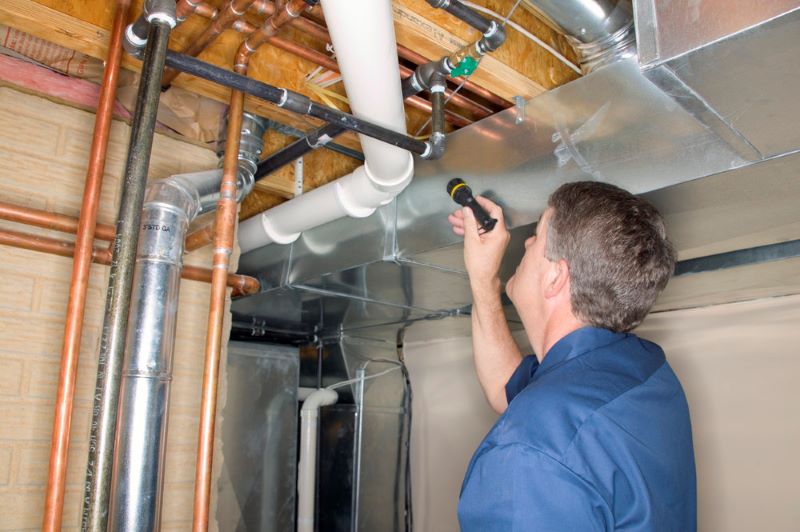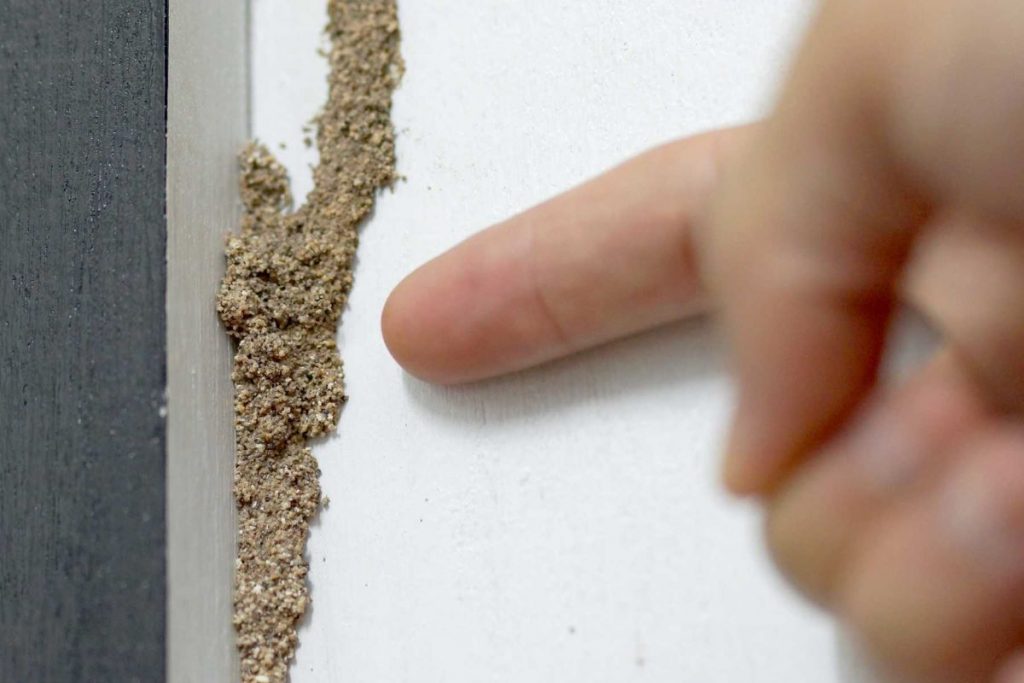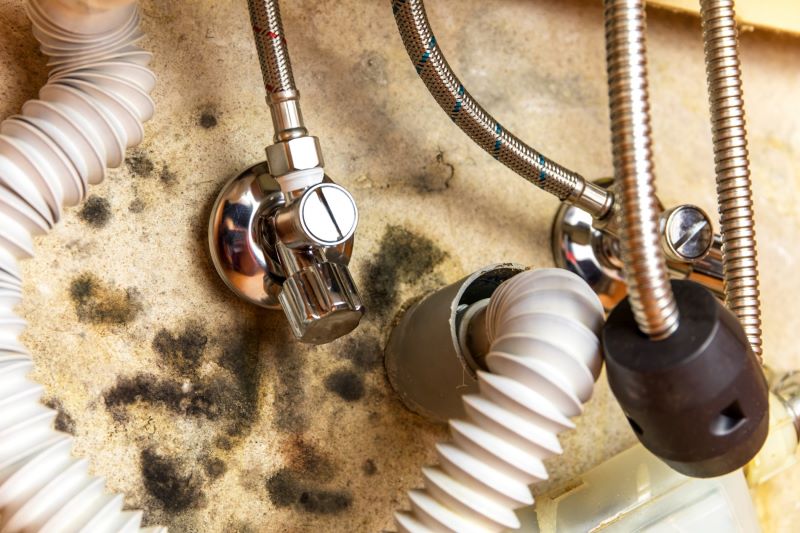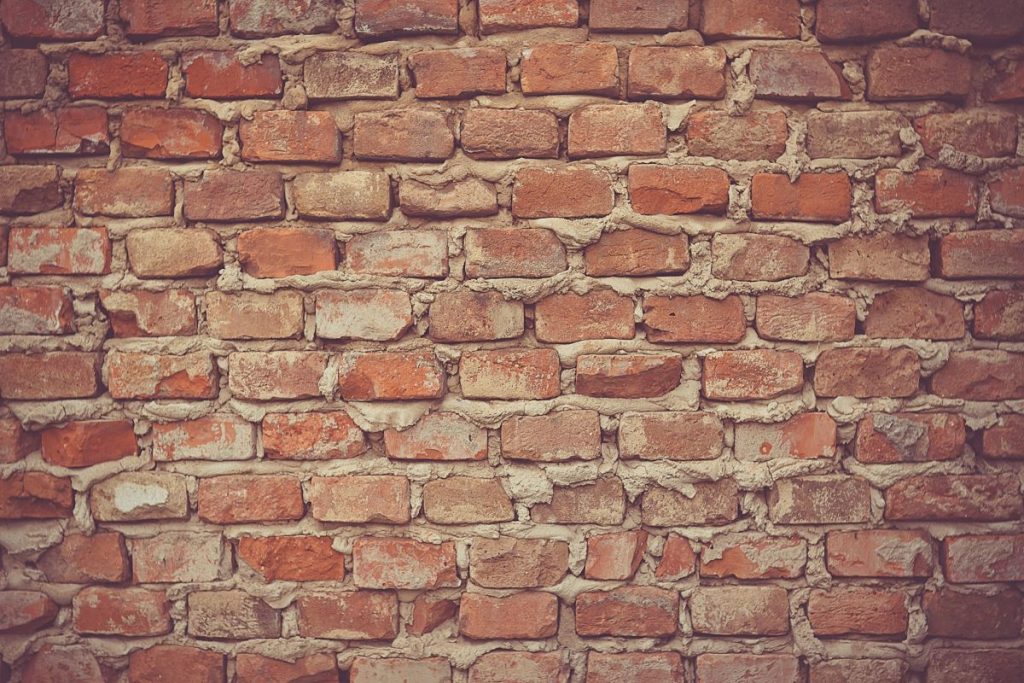Table of Contents
Before making an offer for a home, almost all real estate experts recommend extensive inspections. House inspections are designed to protect you from unexpected repairs and costs after moving in. If problems occur during a pre-sale inspection, the buyer may negotiate with the seller to resolve the issues before closing or to include the repair costs in the offer. By assuring the buyer that they are buying the best home for their money, home inspections are an invaluable resource in the home buying process.
In most cases, house inspections analyze a number of factors inside and outside the home. We start with the six most critical inspection issues for the exterior of the house.
Inspection for the exterior of a house
Foundation
The most important thing to check in the foundation are cracks. If cracks or irregularities are found in the foundation, further verification may be required to verify the integrity of the construction.
Roof
When the roof is inspected, it must first be determined if there are any leaks. If the roof is free of leaks, proper inspection will attempt to determine if the roof has any faults that could cause leaks in the future. When inspecting it is also important to note whether large trees are hanging over the house. Wet leaves from such trees can sometimes cause serious problems for homeowners.
Drainage
The most important thing is how the house is located on the property. In order to ensure adequate drainage and prevent flooding in the house, the surrounding land should slope off the house and 6-8 inches of concrete foundation should be visible. In addition, all gutters and drainpipes should be angled away from the apartment.
Windows and doors
Apart from searching for broken glass, a review of the windows should cover many factors. Ideally, all windows should open and close with a good seal, be free from decay around the sills, and have all screens intact. Similarly, all doors should open and close properly with a good seal to avoid additional heating and cooling costs..
Siding, trim, gutters and paint
Inspection of the outer panel or paint should check for blistering or peeling. In addition, all exterior installations that do not compromise structural integrity – such as moldings and gutters – should be inspected for their overall condition.
Decks and porches
If the house has a deck or porch, the inspection will try to detect the presence of decay or insect damage.
Inspection for the interior of a house
Now we will look at six factors that should be thoroughly examined inside the house.
Walls, floors and ceilings
All walls, floors and ceilings inside the house should be checked for water damage – usually as mold or other stains – and signs of insects or pests. The areas near plumbing fixtures should be checked for mold and water damage, while gaps or cracks in the exterior walls should be checked for the presence of insects. Finally, all wall and floor surfaces – such as paint, plaster, wooden floors, tile baths and carpets – should be checked for their overall condition.
Domestic appliances
Typically, house inspectors do a dishwasher cycle and check all the functions of the oven and stoves. If the house is sold with a complete set of appliances, it is advisable to check the functioning of refrigerators, washing machines, dryers and microwaves.
Electric, heating and cooling systems
These inspections of the house’s infrastructure are some of the most meaningful assessments of the quality of a property and also its value. An inspection of the electrical system typically tests all sockets, lights, and circuit breakers. If it is an older house, an inspection should look for updated features, such as: Ground fault interrupts (GFI) in the bathrooms and kitchen. When inspecting heating and cooling systems, inspectors typically inspect the furnace, monitor the thermostat response, and assess the overall ventilation of the house.
Plumbing
The inspection of the water supply system begins with a check for leaks around all fittings and piping. Next, both cold and hot water pressures should be tested by turning on multiple faucets. In the bathrooms, the areas around each bathtub and shower should be examined for water damage. Finally, make sure that the water heater is working and working properly.
Basement
If the house has a basement, the most important thing to check is the presence of water damage. An inspection of the basement is primarily an extension of the previously mentioned test for walls, floors and ceilings.
Fireplace and chimney
An inspection of the chimney and each fireplace will check for loose bricks and mortar, assess overall stability and look for obstacles in the chimney.
Remember, if an inspection reveals a problem, you should not be deterred from buying the house. More than anything else, the inspection helps you determine the value of the home and prevent you from paying too much or receiving unwanted repairs. Depending on what is revealed during the inspection, you may want to perform an additional inspection of the problematic item or simply work with the seller to resolve the issue as part of your offer.
Note:
The typical house inspection is limited to the house and the garage. It does not include pools, hot tubs, sprinklers, fountains, septic tanks and outbuildings. These are additional costs. Some require additional training and licensing from the Home Inspector. The role of the home inspector is simply to inspect and report. A home inspector should not make recommendations about who should make the repair or whether the client should buy the house, or what should be negotiated with the seller. It is recommended that the client should consult with their realtor who will assist them in making these decisions.








